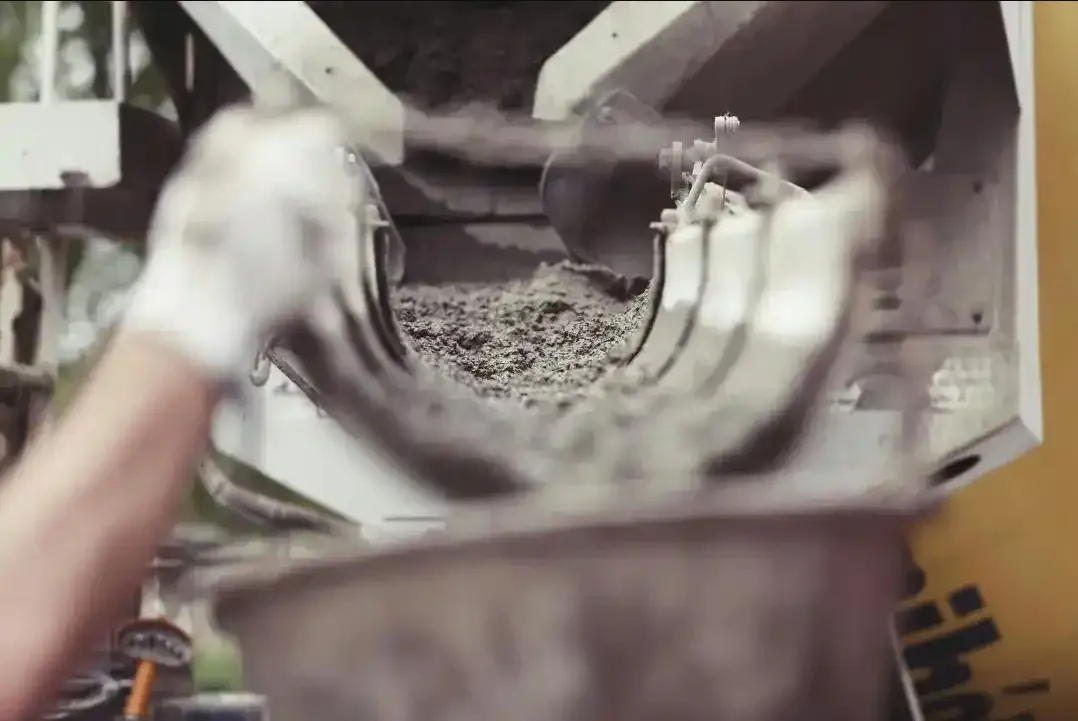
Sodium gluconate, a commonly used organic chemical substance, is widely applied across various industrial fields, especially in the construction and concrete industry. It is typically used as a water-reducing agent and set retarder in concrete, with the purpose of improving its performance. The following are the applications and relevant functions of sodium gluconate in concrete:

1. Water-Reducing Effect
Sodium gluconate has a strong water-reducing effect, effectively reducing the amount of cement used in concrete without compromising its workability. Specifically:
Enhancing concrete fluidity: Sodium gluconate forms a stable dispersion system in concrete, reducing the mutual attraction between cement particles, minimizing agglomeration, and significantly improving the flowability and workability of concrete.
Saving cement and water: By reducing water consumption, it lowers the water-cement ratio, which in turn increases the strength and durability of concrete while also reducing overall cost.
2. Retarding Effect
Sodium gluconate exhibits a retarding effect, which is particularly useful in high-temperature environments or in projects that require extended setting times:
Extending setting time: It can delay both the initial and final setting times of concrete, especially useful in summer construction or mass concrete pouring, helping to avoid premature setting.
Improving construction conditions: In large-scale projects, sodium gluconate can prevent premature solidification, improving work efficiency and construction quality.

3. Enhancing Concrete Strength and Durability
Increasing compressive strength: By reducing the water-cement ratio and improving cement particle dispersion, sodium gluconate can enhance early-stage compressive strength.
Improving durability: It helps reduce concrete porosity, thereby enhancing impermeability, freeze-thaw resistance, and resistance to alkali-aggregate reactions.
4. Reducing Excessive Heat of Hydration in Concrete
In mass concrete projects, the heat released during cement hydration can cause internal thermal stress due to temperature differences, leading to cracking. Sodium gluconate effectively reduces the release of hydration heat, preventing thermal stress formation.
5. Preventing Corrosion of Steel Reinforcement in Concrete
By reducing the permeability and porosity of concrete, sodium gluconate helps minimize the ingress of moisture and harmful substances, thereby reducing the risk of steel reinforcement corrosion and improving the durability of concrete.
6. Environmentally Friendly Additive
As the sodium salt of a natural organic acid, sodium gluconate is environmentally friendly. When used as a water reducer and retarder, it can replace some traditional chemical additives and reduce negative environmental impacts.

7. Precautions
Dosage control: Although sodium gluconate is an excellent water reducer and retarder that significantly improves concrete performance, excessive use may lead to excessively slow setting and negatively affect strength development.
Compatibility with other admixtures: Special attention should be paid to the compatibility of sodium gluconate with other admixtures (such as early-strength agents or superplasticizers) to avoid compromising the final performance of the concrete.
Add: Block 14, No.100, Luyun Road, Changsha 410205, Hunan, China.
Tel: +86-731-82294958
Email: info@arshinechem.com
WhatsApp: 8618874001228